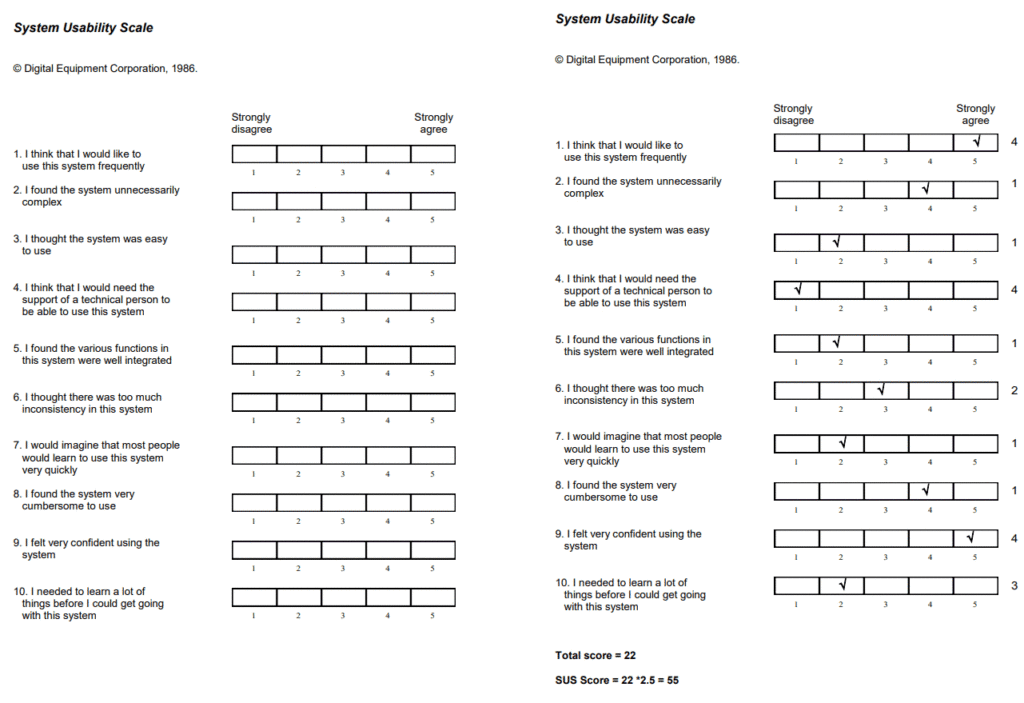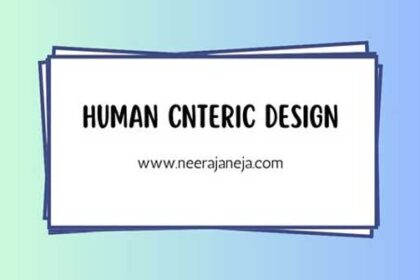A design system can benefit different stakeholders in different ways. Here are some possible ways that each group could benefit: Employees of the organization
Designers:
Designers can benefit from a design system by having a consistent set of design guidelines and assets to work with, which can save time and increase efficiency.
Engineers:
Engineers can benefit from a design system by having access to reusable code components and clear design specifications, which can help them build products more quickly and with fewer errors.
Product managers:
Product managers can benefit from a design system by having a clear understanding of the design language and patterns used throughout the organization.
Sales and marketing team:
Sales and marketing teams can benefit from a design system by having a consistent brand identity and visual language across all marketing materials, which can help them build trust and recognition with customers.
Digital marketing team:
Digital marketing teams can benefit from a design system by having a clear understanding of the design guidelines and assets used in digital channels, which can help them create more effective digital campaigns and user experiences.
Finance team:
A design system can help finance teams by reducing the time and cost associated with design and development End users of the product A design system can help ensure that the user experience is consistent across all touchpoints, making it easier for users to navigate and use the product. By using consistent design patterns and language, a design system can help users feel more familiar with the product, which can increase trust and loyalty.
The organization Efficiency:
A design system can help reduce design and development time and costs, which can lead to more efficient use of resources. Consistency:
By providing a consistent set of design guidelines and assets, a design system can help ensure that the organization’s products and services are consistent across all touchpoints, which can build brand recognition and trust.
To measure the effectiveness of a design system, both qualitative and quantitative methods of measurement can be used. Read more about qualitative and quantitative testing method.
Use system scalability scale template to measure the usability of your product. Click Here to see all the scores mentioned in SUS.
The System Usability Scale
When a SUS is used, participants are asked to score the following 10 items with one of five responses that range from Strongly Agree to Strongly disagree:

- I think that I would like to use this system frequently.
- I found the system unnecessarily complex.
- I thought the system was easy to use.
- I think that I would need the support of a technical person to be able to use this system.
- I found the various functions in this system were well integrated.
- I thought there was too much inconsistency in this system.
- I would imagine that most people would learn to use this system very quickly.
- I found the system very cumbersome to use.
- I felt very confident using the system.
- I needed to learn a lot of things before I could get going with this system.
Download SUS template from here.


